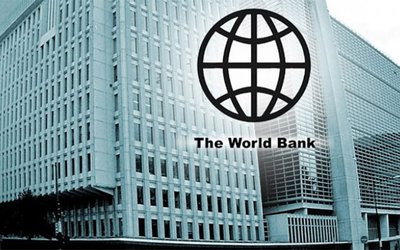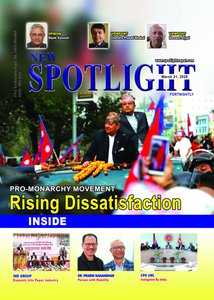
In an era where balanced development is vital for sustainable progress, the significance of rural-urban linkages is paramount. These connections are crucial for fostering economic, social, and environmental advantages that enhance the quality of life in both rural and urban settings. Nepal's periodic plans have progressively acknowledged the necessity of fortifying these linkages, gradually adopting a more integrated strategy that views rural-urban interdependence as essential for achieving balanced development.
Historically, rural-urban linkages were often neglected in development strategies. The Fourth Plan began to address the North-South divide (Hills versus Terai) and the rural-urban split (Kathmandu compared to other districts), underscoring the pronounced disparities in resources and development initiatives. Subsequent plans emphasized the enhancement of rural-urban linkages by boosting rural incomes, agricultural productivity, and non-farm employment opportunities while tackling urbanization challenges.
The 15th Plan aimed to foster balanced development by creating robust forward and backward linkages between rural and urban regions, concentrating on agriculture, tourism, infrastructure, and hydropower. The 16th Plan further advances these initiatives by emphasizing rural-urban interdependence, the growth of rural incomes, and the promotion of an entrepreneurial culture.
The ongoing evolution of strategies aimed at addressing rural-urban balance and sustainable livelihoods remains an area requiring further development, and the outcomes of the 16th Plan are still uncertain. While the increasing focus on rural-urban connections is praiseworthy, the execution has frequently been inadequate, resulting in numerous villages and individuals being left out of the advantages.
Despite numerous development initiatives over the years, enduring challenges continue to affect rural-urban interactions. Although some rural regions have experienced enhancements in transportation and communication, many still grapple with issues related to infrastructure, market accessibility, and economic diversification. In contrast, urban areas face the challenges of rampant urbanization and insufficient service provision. The difficulties in achieving a balanced development approach between rural and urban sectors have been a consistent theme across various plans.
It is essential to recognize that the disparities between rural and urban regions can lead to a range of complications. For instance, the ongoing migration of individuals from rural areas in pursuit of improved opportunities and living conditions, often towards urban centers or abroad, has significantly altered demographic patterns. This migration has resulted in an imbalanced age distribution, leaving a disproportionate number of elderly individuals and children in rural communities. A critical issue remains how to establish a resilient agricultural value chain and enhance both forward and backward linkages. The continued dependence on a diminishing rural workforce, particularly amid ongoing out-migration, poses a significant challenge to revitalizing the agricultural sector.
An effective approach involves the establishment of growth poles through collaboration between rural and urban communities, which can act as focal points for economic activities, encompassing agriculture and beyond. This initiative can enhance the movement of goods, services, and individuals, thereby reinforcing both forward and backward connections between rural and urban regions. Achieving this will necessitate improved coordination among local governments to align infrastructure, markets, service delivery, and resource distribution, with particular emphasis on disaster management due to Nepal's susceptibility to climate-related hazards.
Consequently, the periodic plan emerges as a vital instrument for mitigating existing inequalities by curbing the urban-centric allocation of resources. This plan facilitates balanced and equitable development by catering to the unique requirements of the rural populace while fostering synergies with urban expansion. However, realizing this objective demands the effective execution of plans, strong local governance, and a continuous commitment to optimizing the advantages of rural-urban connections.
Sunita Limbu is in the process of completing her Master's in Development Studies, where she has developed a strong focus on sustainable development and the integration of rural and urban sectors. With a deep passion for development, she is committed to researching and promoting fair growth and better livelihoods.















